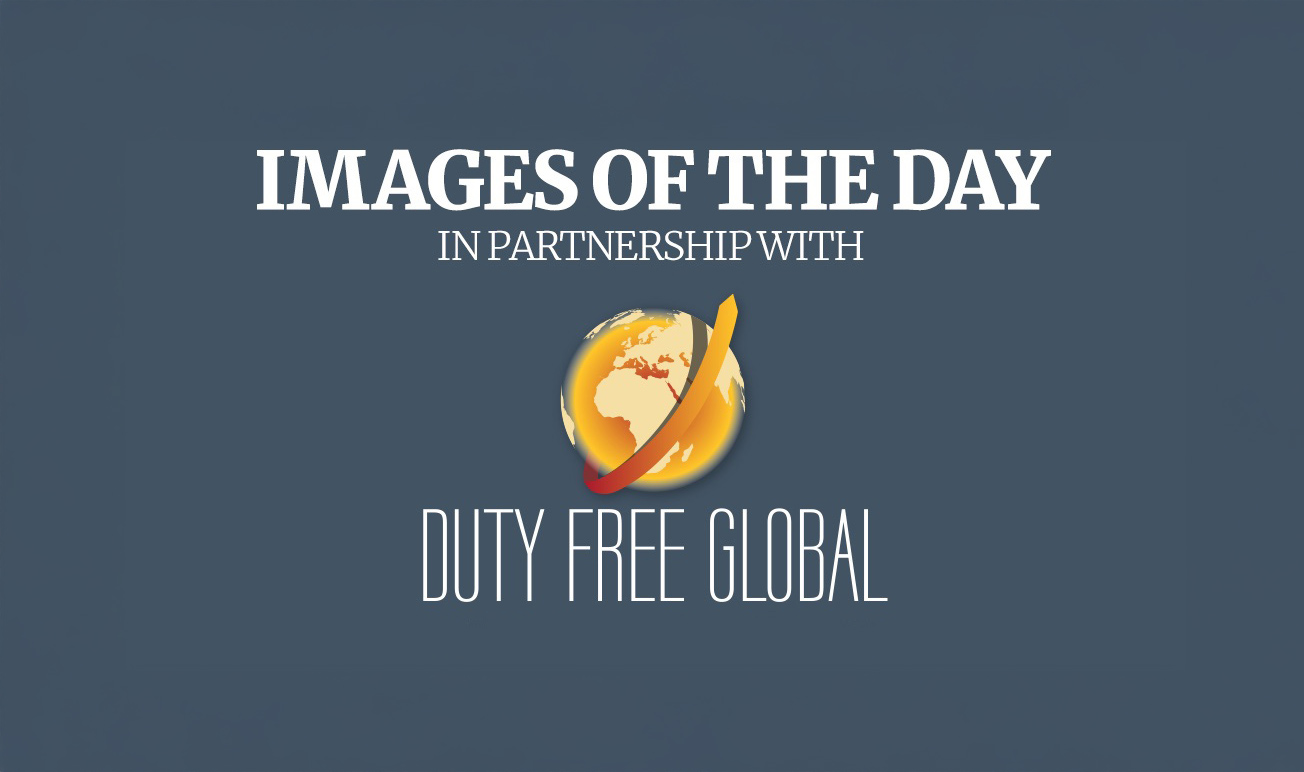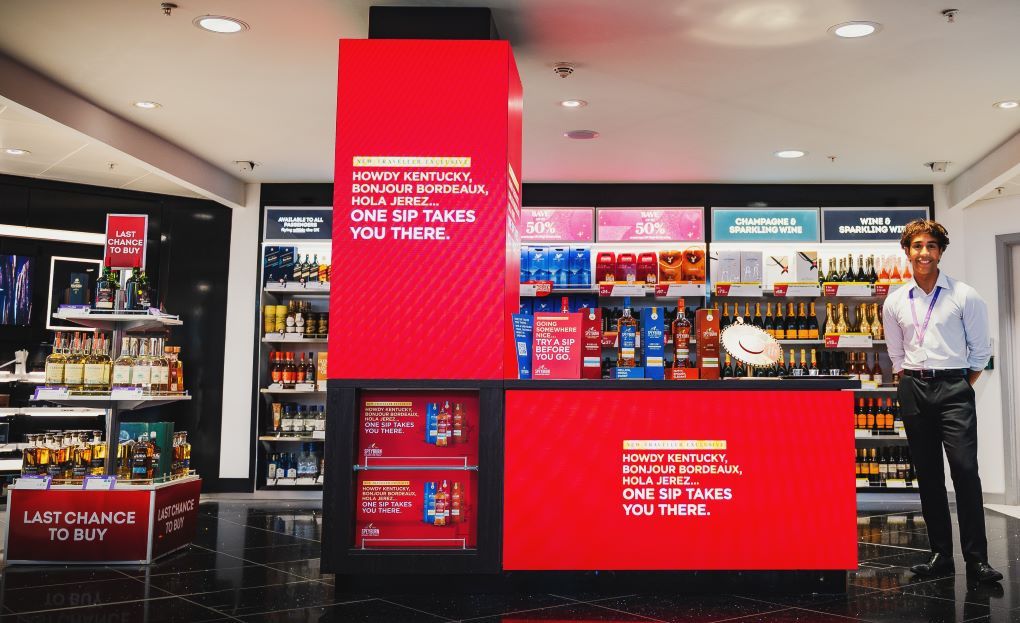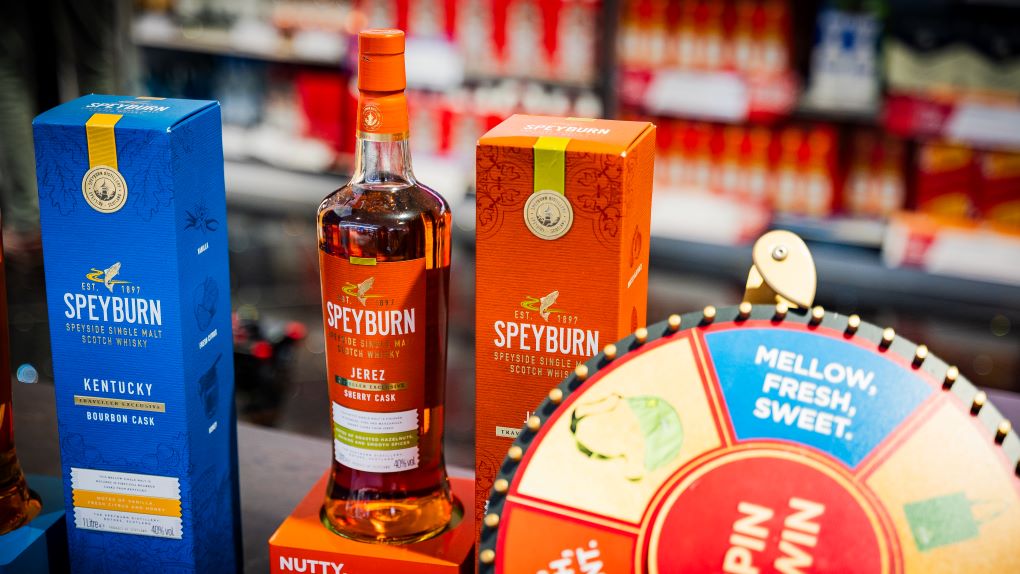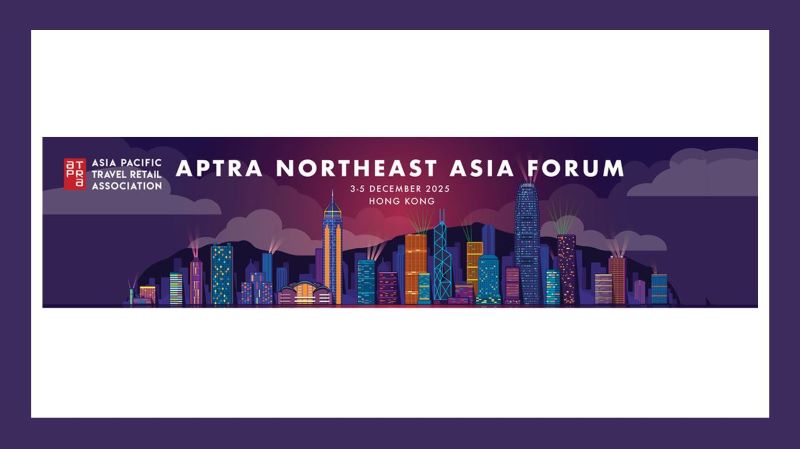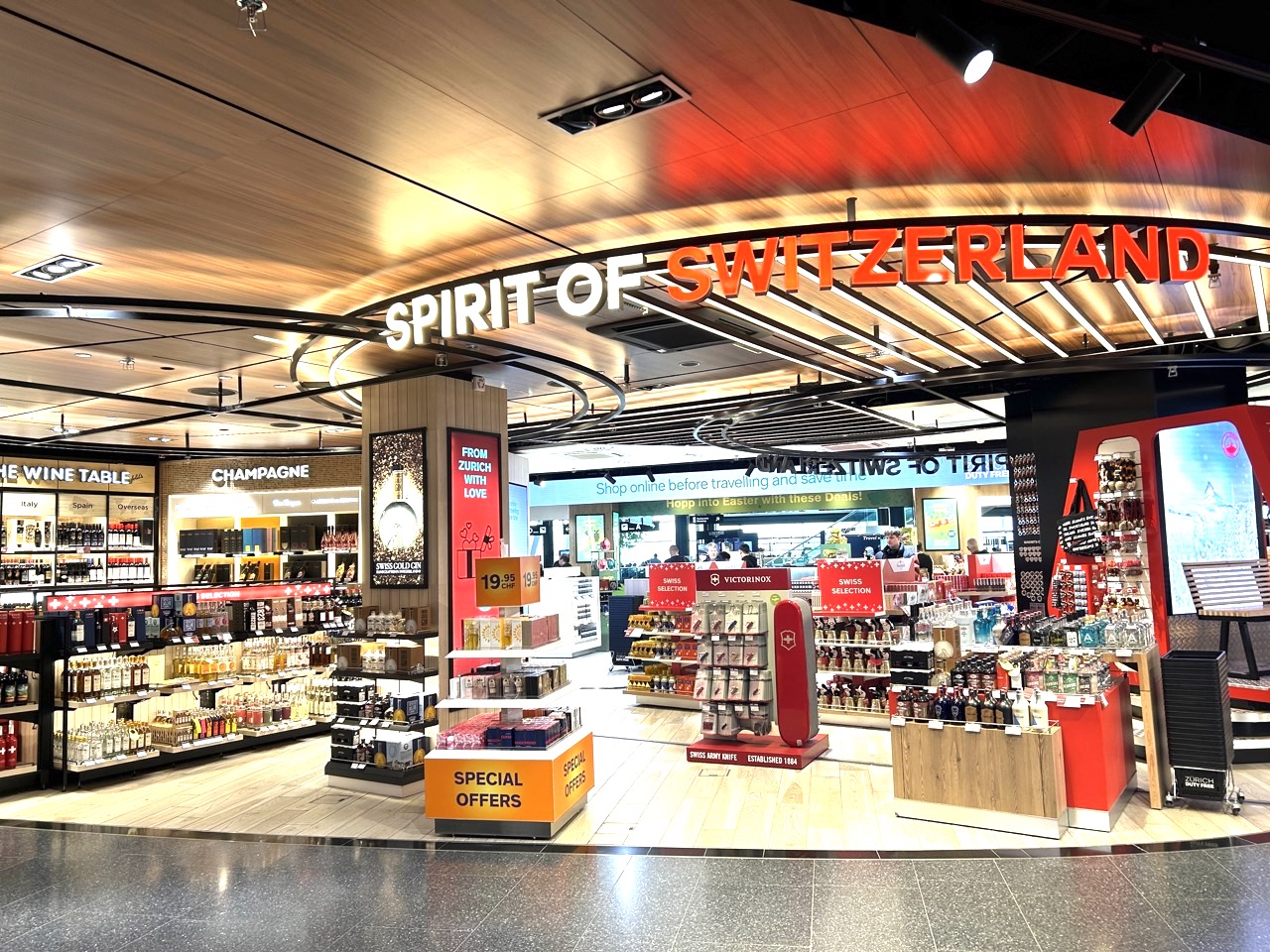INTERNATIONAL. A recent study conducted by loyalty marketing and CRM specialist ICLP, which we reported on last month, underlined the missed opportunities for increased consumer spend at airports. ICLP said that airports could do more to understand passengers and their attitudes to spending, as well as transforming them into customers.
In this follow-up interview, ICLP Managing Director Mignon Buckingham talks about how airports and retailers can engender loyalty among travelling consumers, and adds more detail about the survey findings.
 |
Mignon Buckingham: “Every interaction between an airport and its passengers represents an opportunity to build a relationship.” |
The Moodie Report: How can airports tap into the potential for loyalty among travellers and how can they best translate that into promotion of the retail offer and into spending?
Mignon Buckingham: Airports need to recognise the potential of individual passengers in the same way that many other travel organisations have, be they airlines or hotels, and this is the basis of successful loyalty strategies. Clearly loyalty marketing has been phenomenally successful for airlines, often with the frequent flyer programme (FFP). While loyalty marketing may or may not increase footfall to an airport, it certainly can influence commercial behaviour at the airport.
A loyalty programme might traditionally be associated with points or tiers but the ultimate goal of any customer relationship strategy is to recognise and reward customers, provide them with compelling reasons to buy more, spend more and encourage them to act as advocates to their friends and family.
Every interaction between an airport and its passengers represents an opportunity to build a relationship. This starts before the consumer is a passenger and continues throughout their entire experience with an airport and beyond. The process of identifying the passenger, understanding and nurturing that relationship to optimise the airport’s position to increase spend through relevant channels may require a structured programme with a clear message that is relevant and engaging. However it can be far simpler. Just starting with some marketing activity to create an intelligent database from which to develop a relationship with passengers can also have a big impact.
What does loyalty mean to the airport consumer? How big an untapped opportunity is this for airports and their retail and food & beverage providers?
Our research shows there is a huge potential to increase retail and food & beverage spend at an airport. The key is understanding the passenger and their needs.
Many areas need to be understood, such as the reason for making the journey. The opportunity and approach may vary considerably. A 10% discount on a meal may not be relevant for the business person who wants to get through the airport as quickly as possible for example, while it might be appropriate for the family travelling for leisure with an elderly relative who wants to allow for extra time at the airport.
We have found that many airports adopt a more general offer and discount-based approach as opposed to specifically targeting those customers who are likely to be the most receptive and willing to respond. The key to unlocking this potential is to ensure the offer is relevant to the passenger and being able to demonstrate that you know something about them and their trip. Where loyalty marketing plays a significant role is in finding a compelling reason for passengers to identify themselves and share their details before they travel.
 |
“Customers are bombarded with offers and it can be difficult to get cut-through with generic advertising.” |
Beyond retail and food & beverage, it’s not just about generating incremental revenue in the airport environment. There are also additional commercial opportunities to be gained by incentivising direct booking of airport parking for example, or other relevant products and services such as travel insurance.
What do your survey findings can tell airports about travelling consumers’ major motivations to spend?
The findings highlighted that passenger behaviour and spend varies significantly according to the purpose of the trip and that consumers from different countries behave differently. With so many factors influencing a consumers’ motivation to spend, the research reinforced the importance of identifying the key variables and characteristics of the trip combined with the preferences of individual passengers and their past activity to better understanding their current and likely future behaviour. This insight will enable improved targeting and a more relevant approach to motivate increased expenditure.
To encourage spending from those passengers that currently don’t spend, communications need to be very tailored and relevant. It will be more challenging to change the behaviour of those passengers who appear to have a more negative attitude to spending and so a more innovative approach will be needed.
Those that are already spending, and from the research it appears to be predominantly on food & beverage, could be encouraged to further increase spend in that category or incentivised to consider spending in retail.
It appears from the survey that a large proportion of consumers are not attracted by traditional discount offers and incentives – what more should airports and their retailers be doing to attract consumers and engender loyalty?
In general whether at the airport or any retail environment, customers are bombarded with offers and it can be difficult to get cut-through with generic advertising. With WiFi becoming more readily available at airports, smarter consumers are “showrooming” on their mobile devices to check prices to ensure they are getting the best deal rather than assuming airport prices are the most competitive. Being able to develop a trusted relationship with passengers will help reduce the likelihood of consumers making a purchase decision solely based on price.
 |
While discounts can be an effective way of motivating behaviour and spend, they have the potential to be dilutionary. A passenger could have planned to purchase a camera at the airport but received and redeemed a voucher for a 15% discount, so effectively the retailer only received 85% of the revenue when the customer was prepared to pay 100%. If this behaviour could have been anticipated, a more effective and more targeted promotion might have been to offer a discount on a camera case which could have encouraged additional spend rather than reduce actual retail revenue.
With so much of the airport’s current marketing activity being promotional, the danger is also that it is not relevant based on the reason for travel. For example a discount on a bottle of vodka is unlikely to be relevant for a business traveller on their outbound leg of their trip.
Mass communication of offers can also make it difficult to measure the uplift, risk associated with cannibalisation or the return on these types of campaigns.
The most appropriate relationship strategy to adopt will be hugely influenced by many factors such as the overall business strategy of airport, its location in relation to competitive travel propositions such as trains or ferry, other airports close by, its size, routes offered etc. The type of airport also highlights the complexity but also the importance of customer segmentation – is it predominantly a leisure or business airport or involve a mixture of the two? In general, for leisure and infrequent travellers, a benefit-led or paid proposition might be more successful whereas for frequent travellers, an element of rewards and recognition with points and tiers is probably needed to incentivise behaviour and achieve commercial cut-through.
How should airports differentiate between business and leisure travellers in their communications?
The purpose of a trip or class of travel are just two indicators that may or may not indicate the behaviour of a traveller. For example a traveller on business may have an economy ticket and operate in exactly the same way as they do when travelling for leisure regardless of class. This makes it potentially dangerous for an airport or airline to differentiate communications purely based on information or assumptions about business or leisure travel.
The aspiration must be to create a single customer view incorporating all key sources of data; from passenger personal and profile information (generated by passenger input), travel data relating to their journey and other transaction-based data such as data from lounges, car parking, retail outlets, food & beverage. Added to this can also be social or web interaction data and also, where appropriate, third party data or partner data to create a richer and more detailed understanding of passengers and their value to the airport.
The result is a consolidated and comprehensive view of disparate sets of data to see beyond the labels of “business” or “leisure” traveller and identify individuals with names, preferences and ultimately their value to the business.
Do many consumers perceive the airport retail market to have good value? How can airports better communicate that value?
While consumers may have a general perception of discounts, price reductions and comparative value etc at an airport, ultimately value is a personal perception based upon goods, service or experiences the customer actually wants. To that extent, being able to personalise offers based on the consumers’ known preferences will greatly increase the perception of value from both the perspective of the airport and its retail partners.
ICLP (iclployalty.com) is a leader in loyalty marketing and customer relationship management. It offers B2B and B2C loyalty services through its offices in 12 countries, supporting clients in over 170 countries. ICLP has worked with leading airline and hotel brands including Air France KLM, Cathay Pacific, InterContinental Hotels Group and Rezidor Hotel Group.


